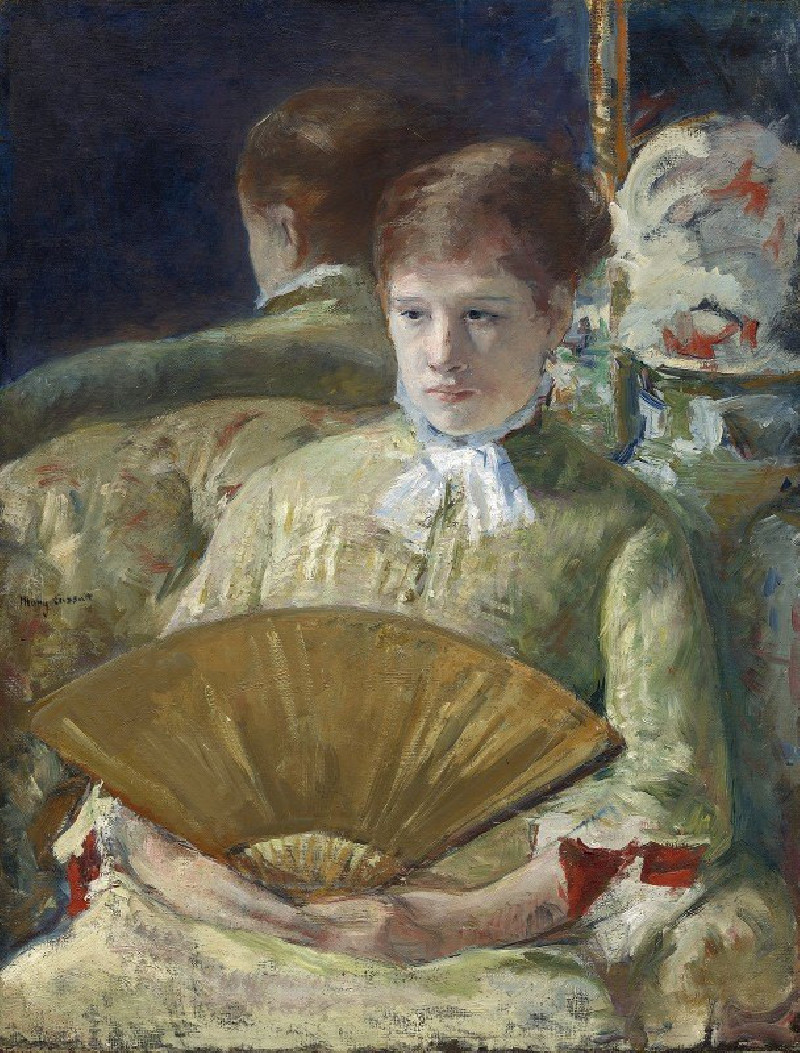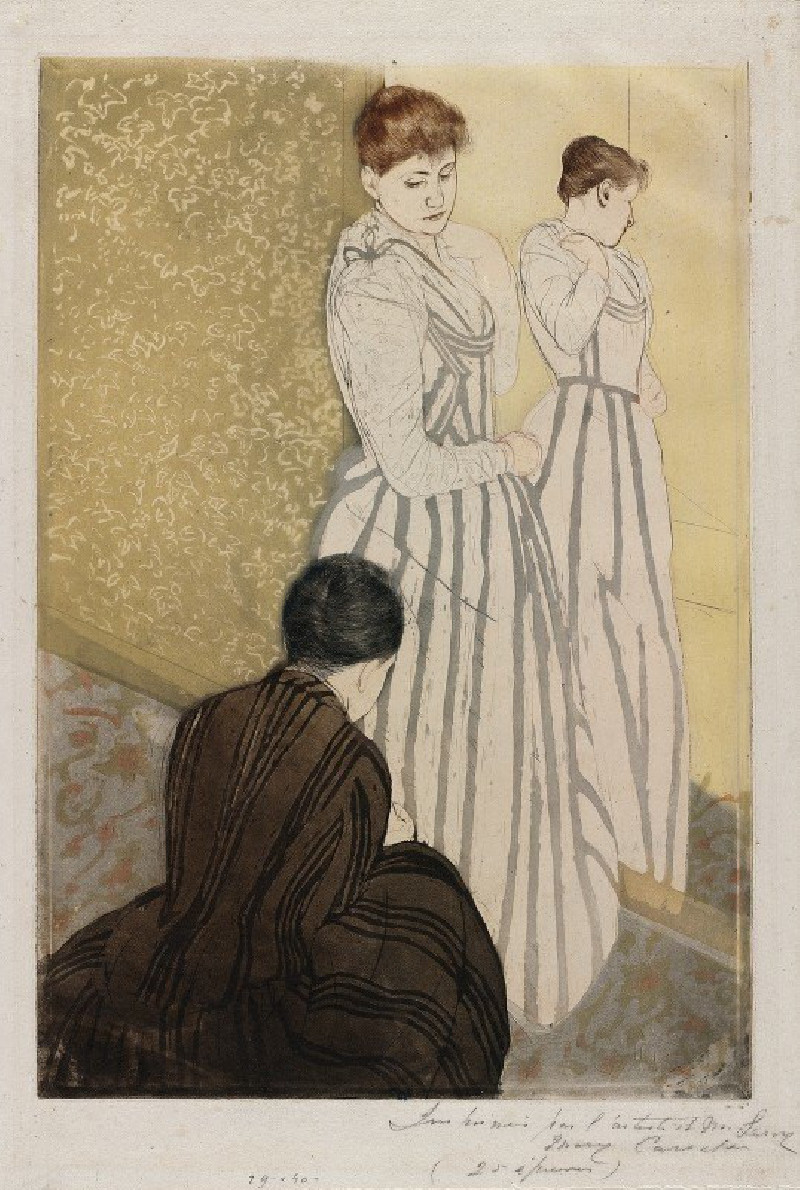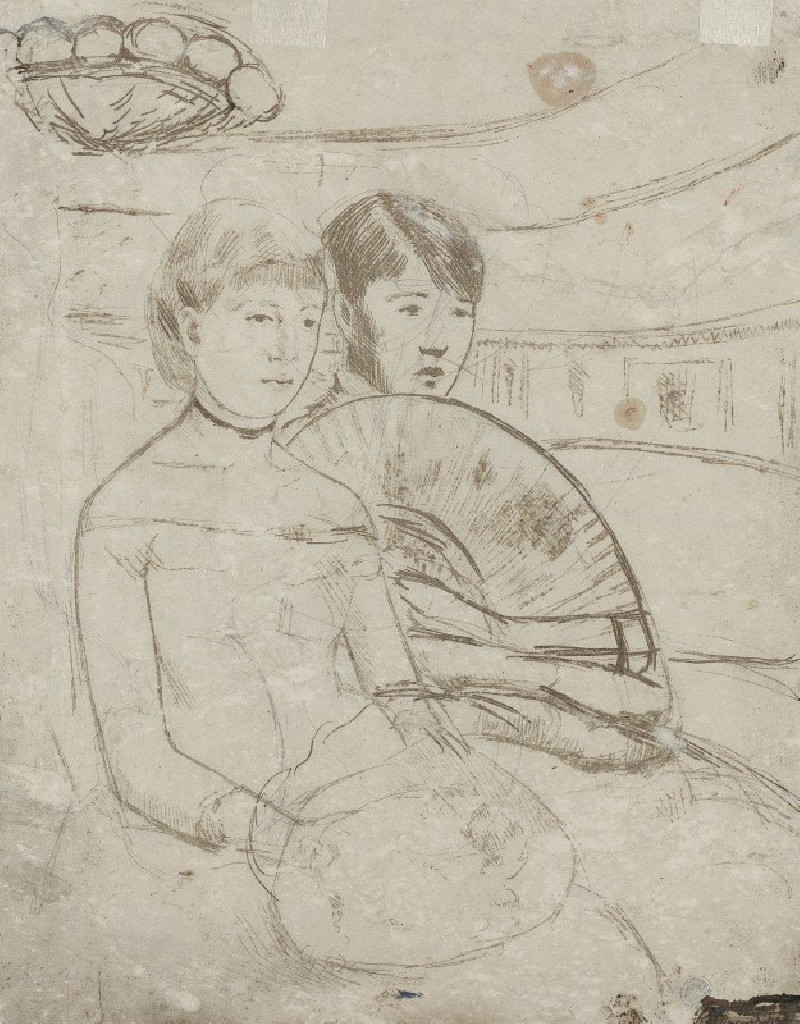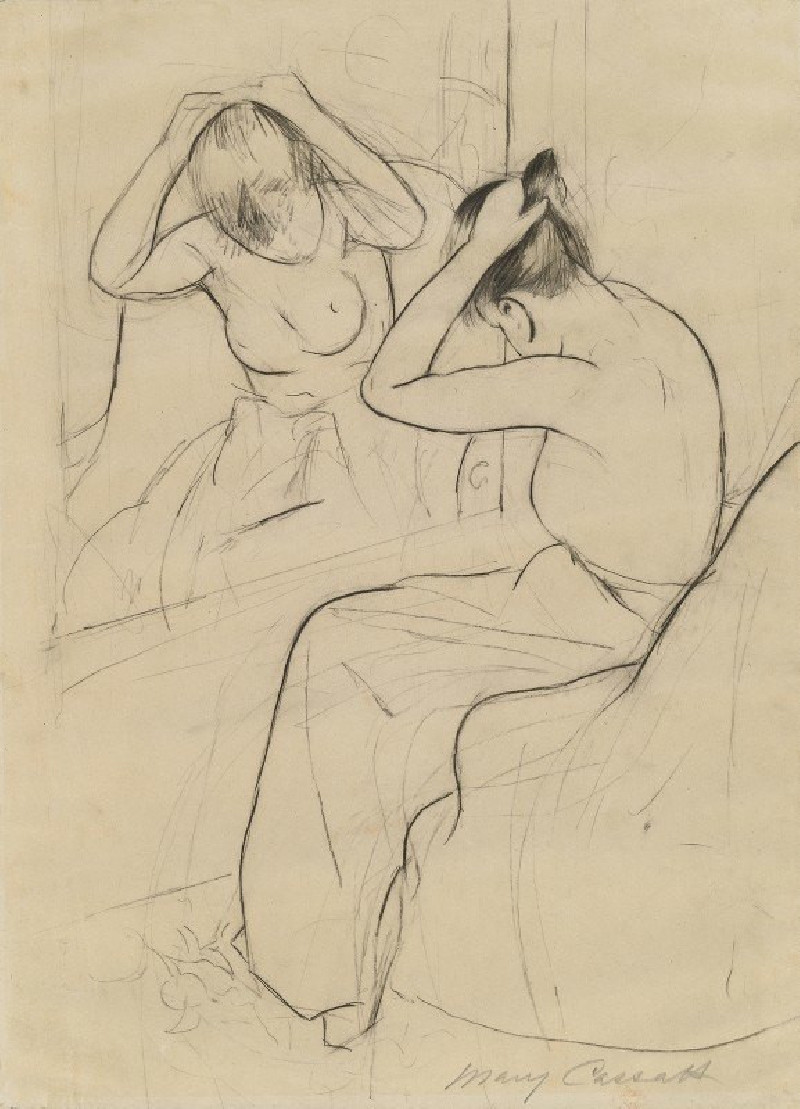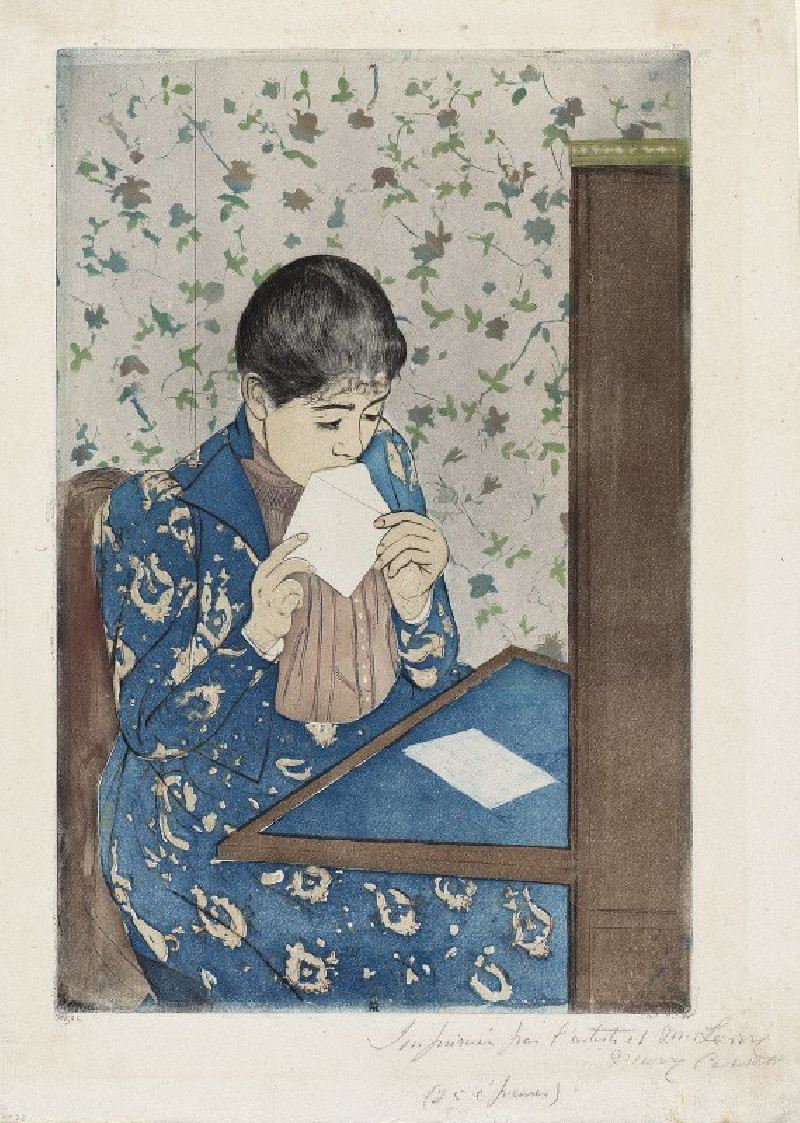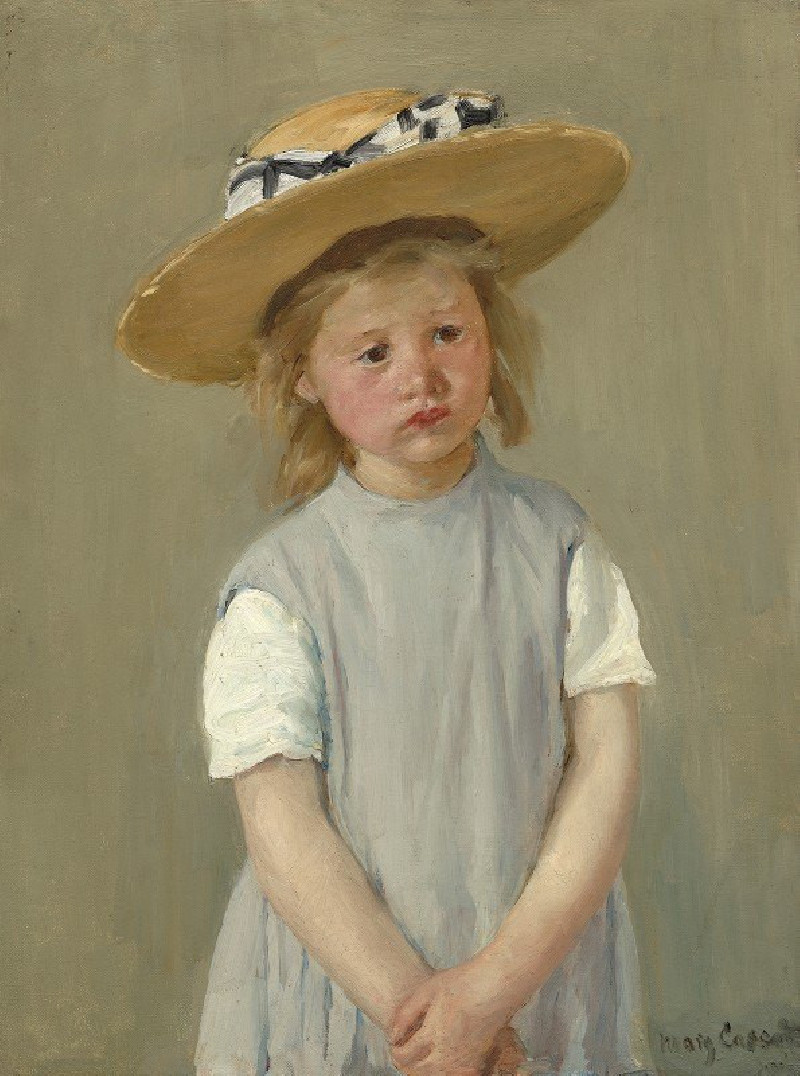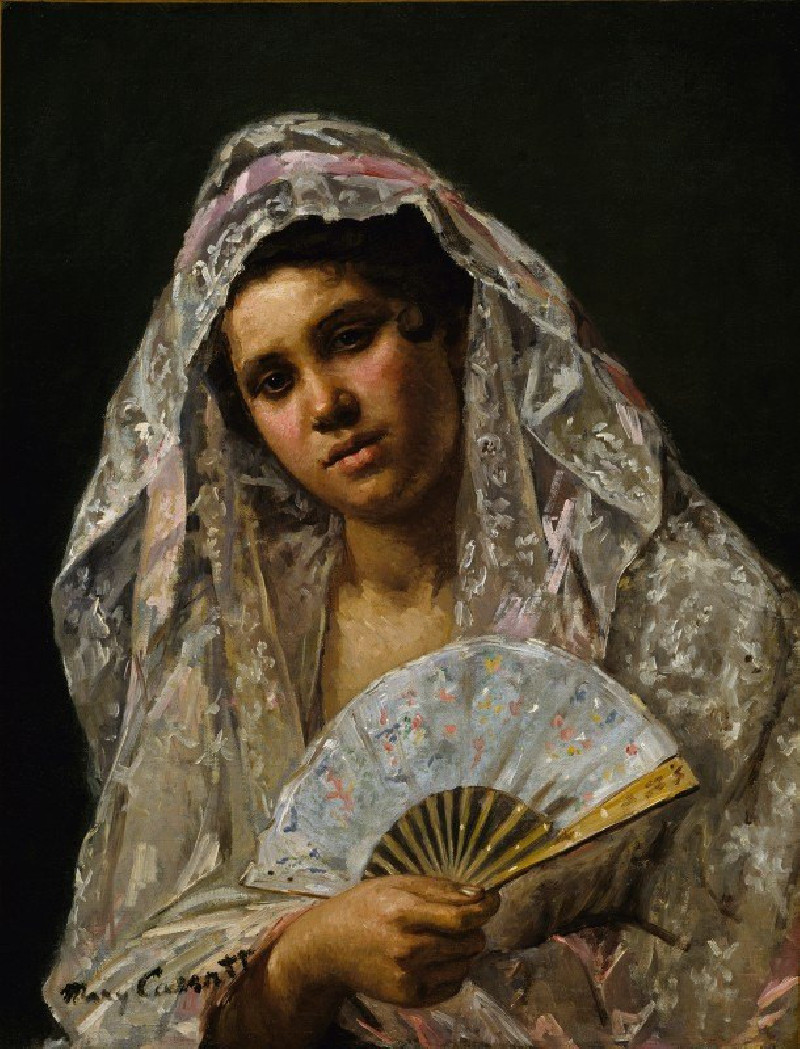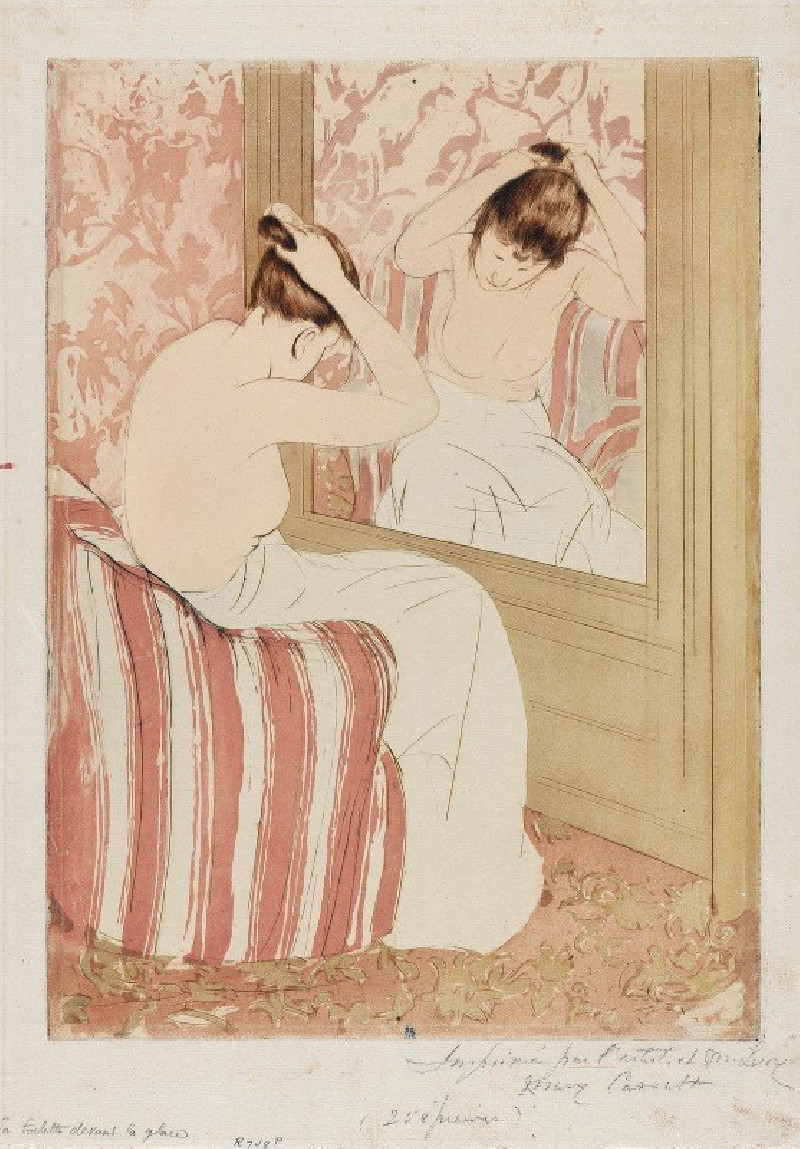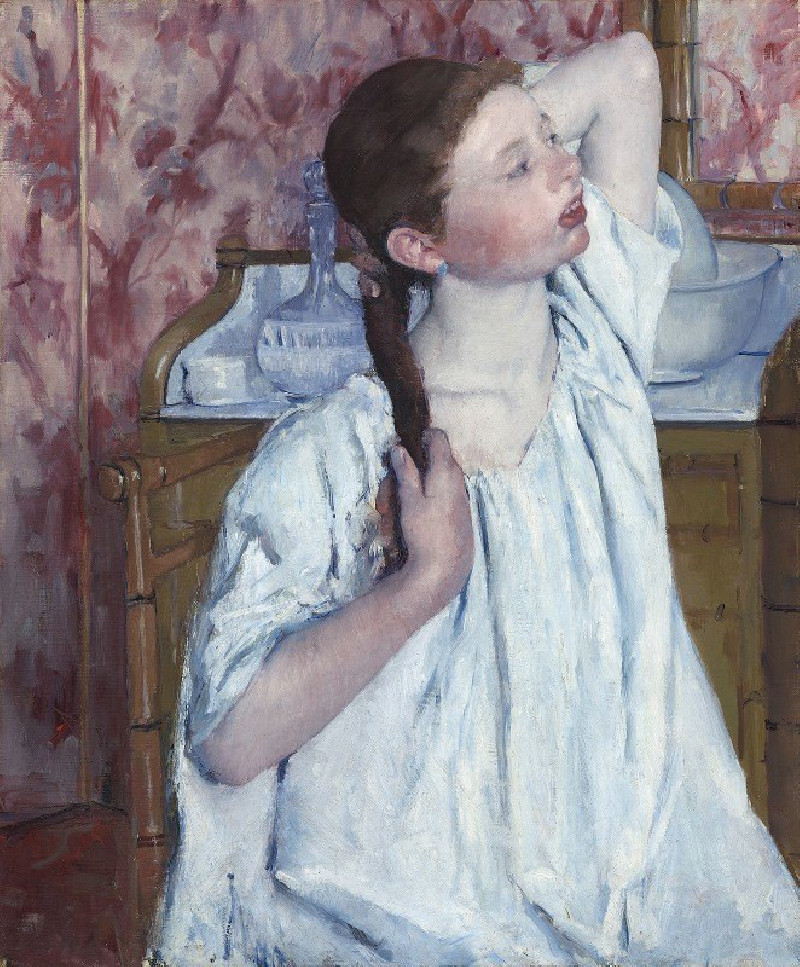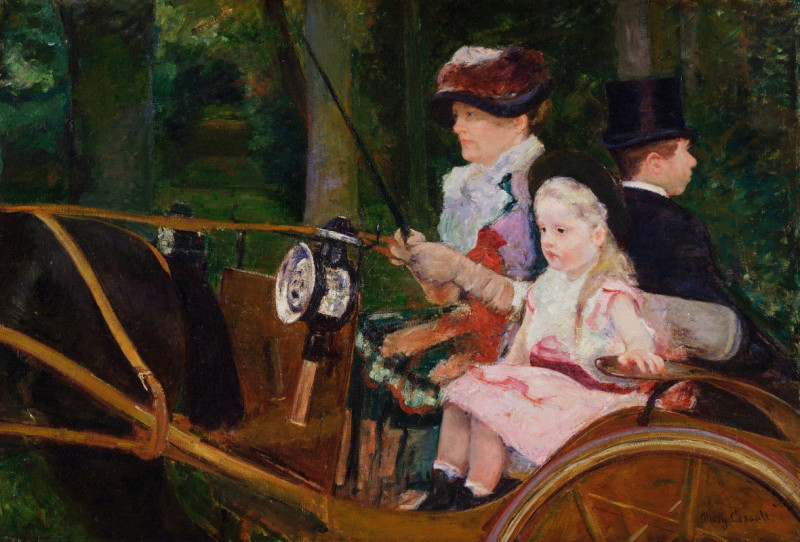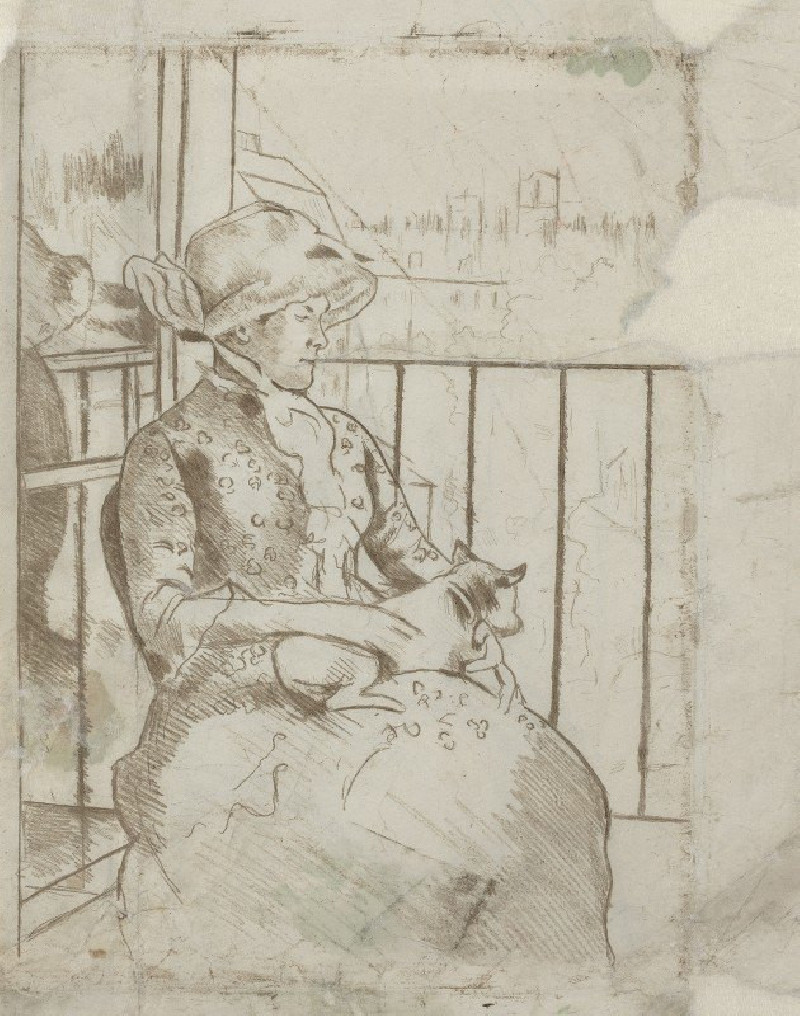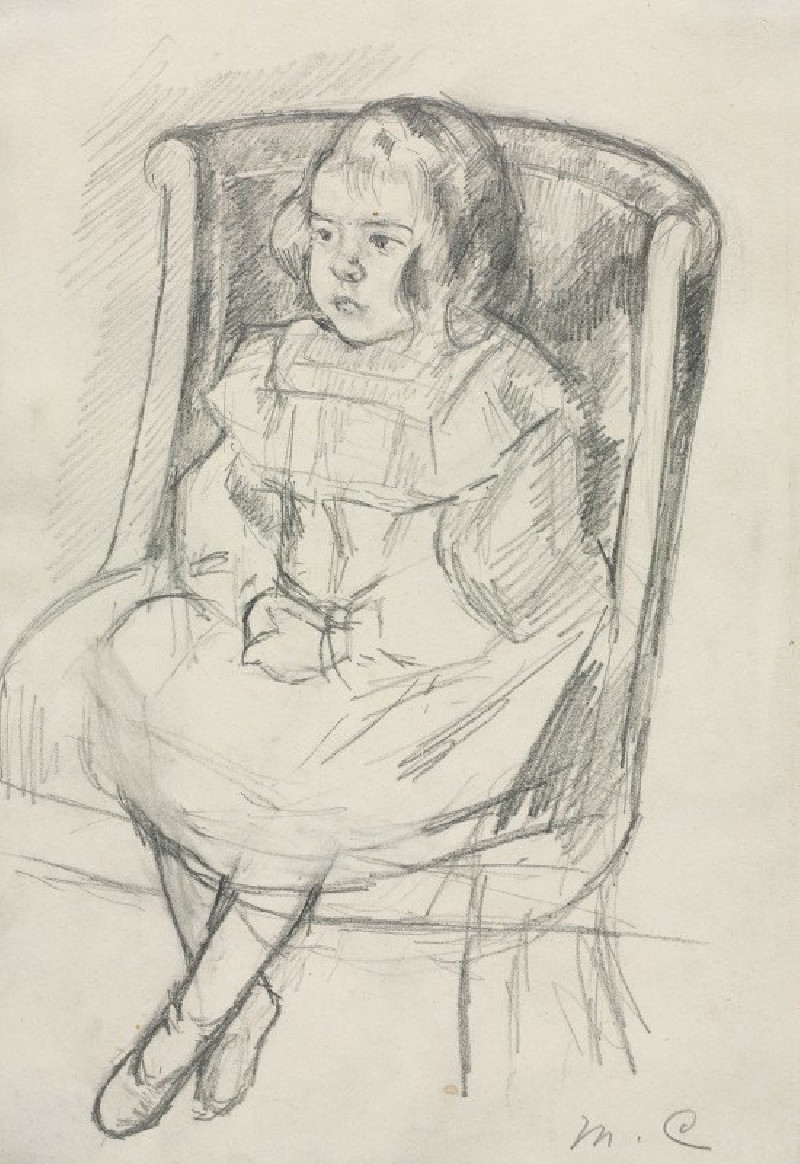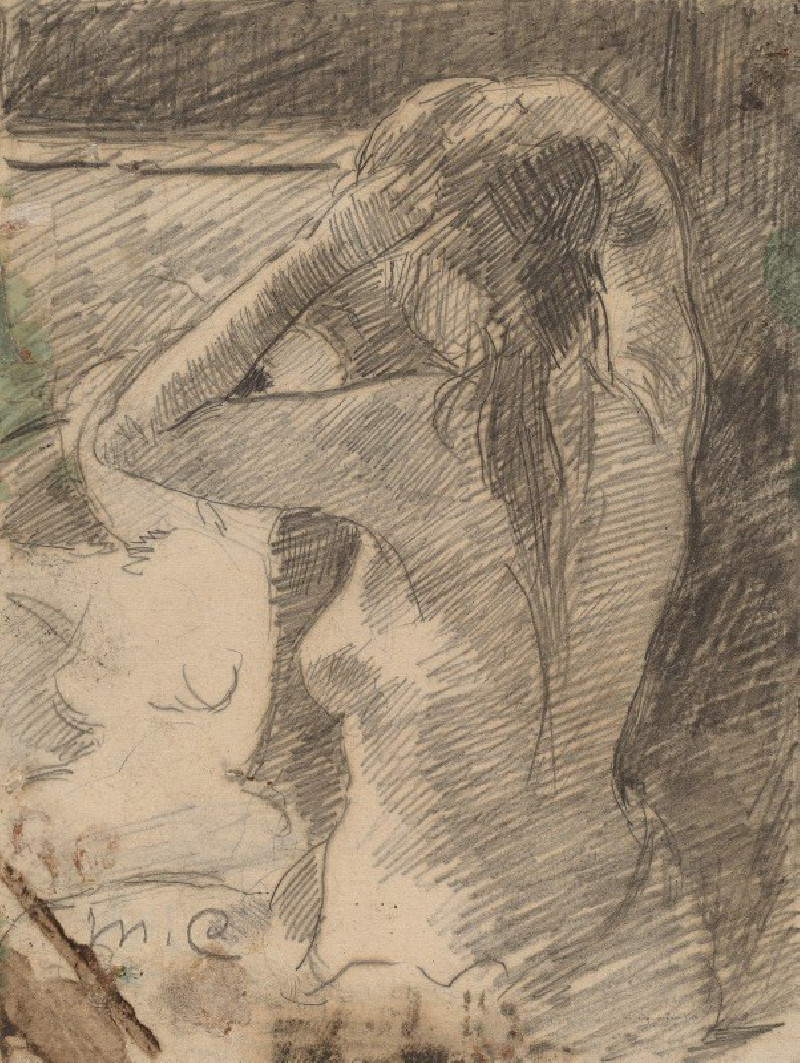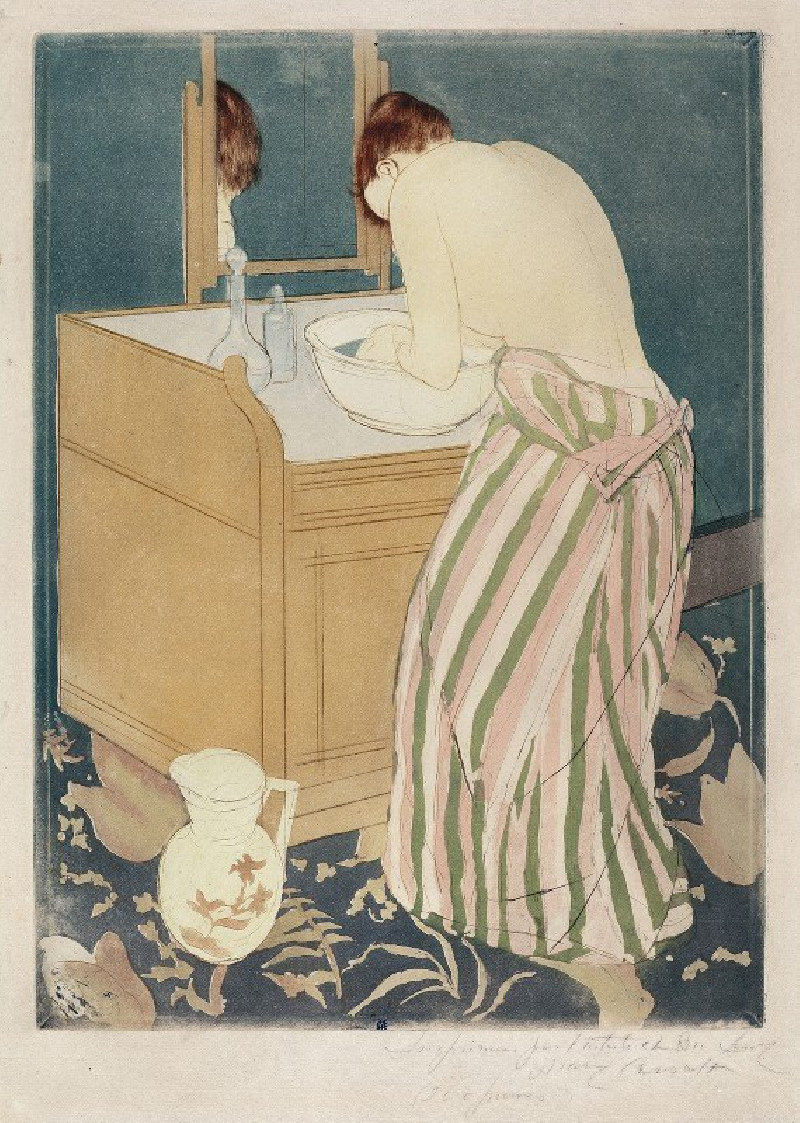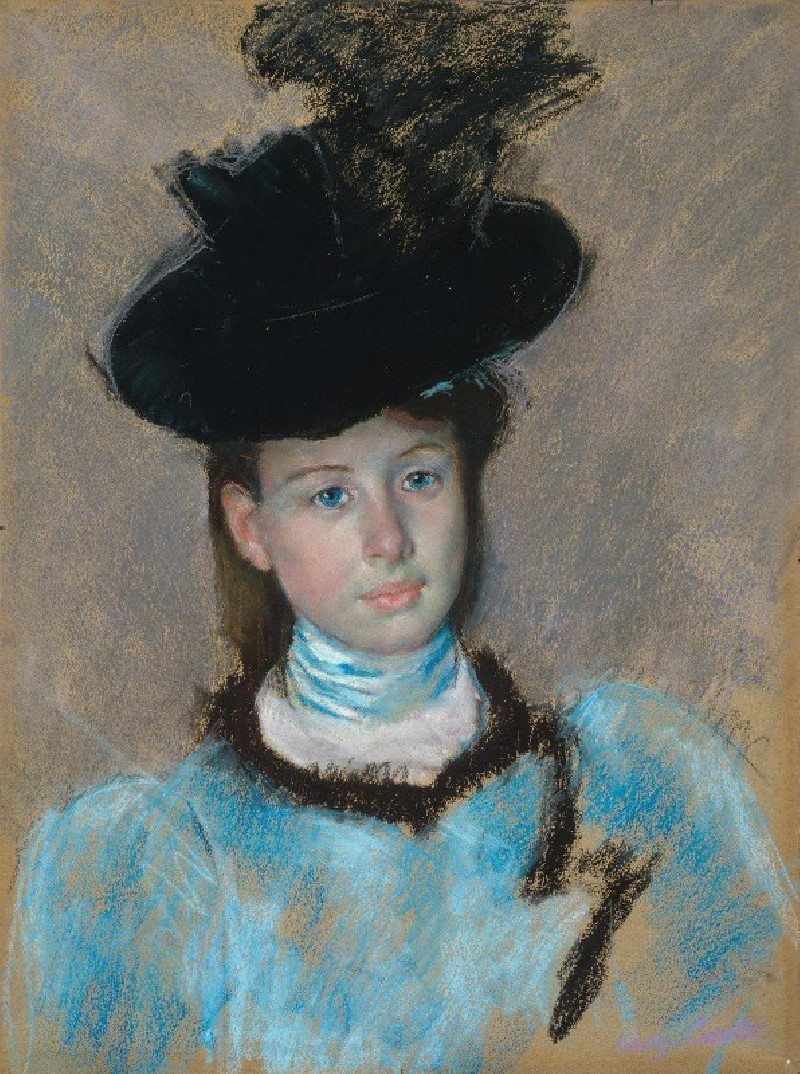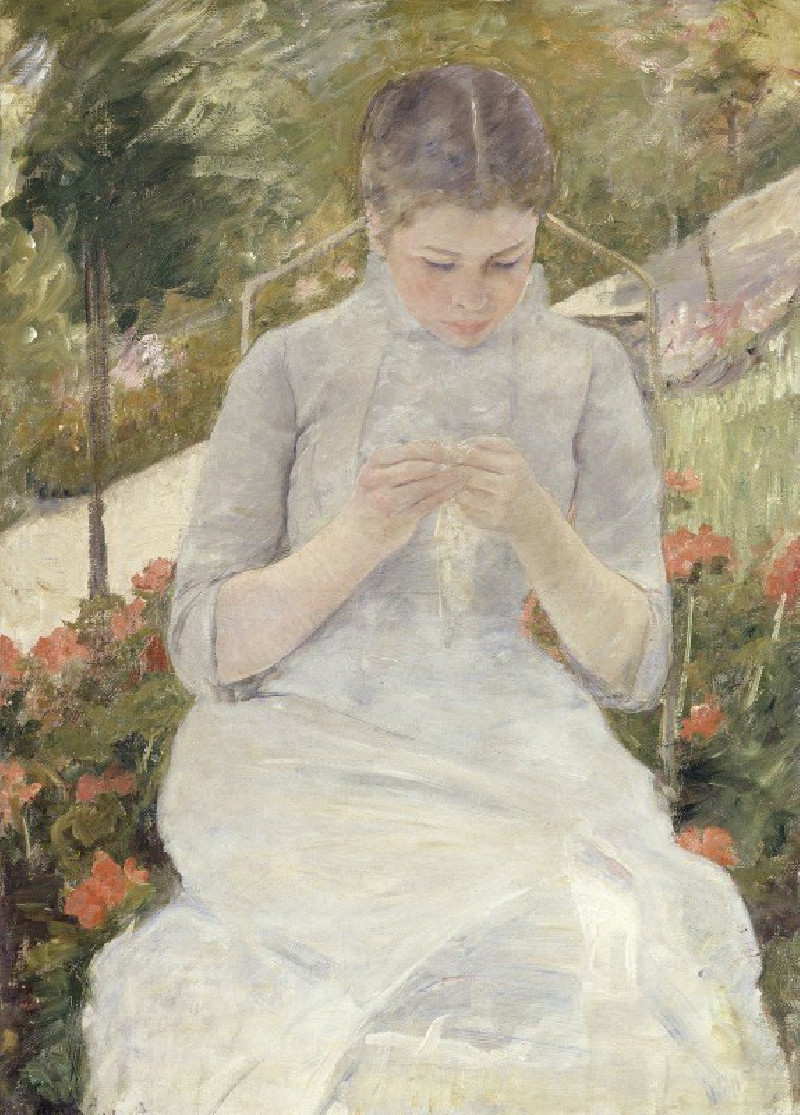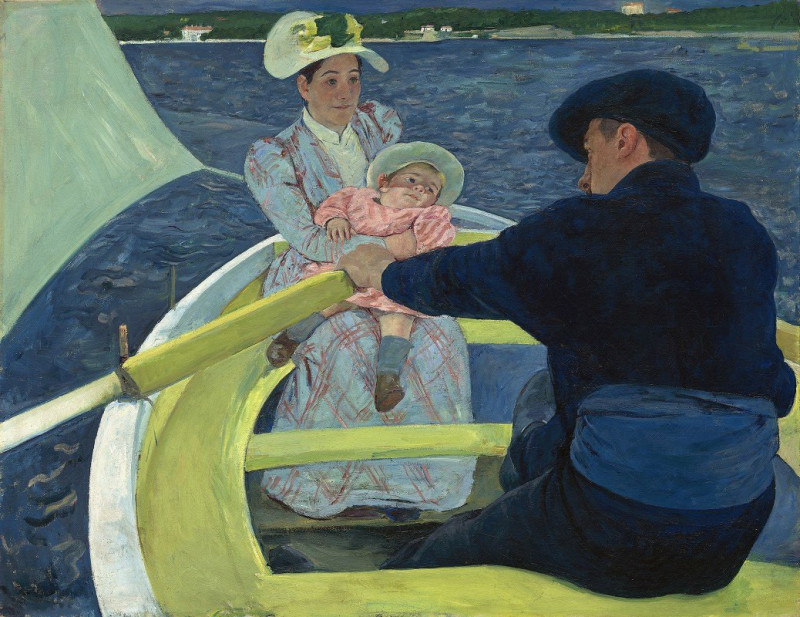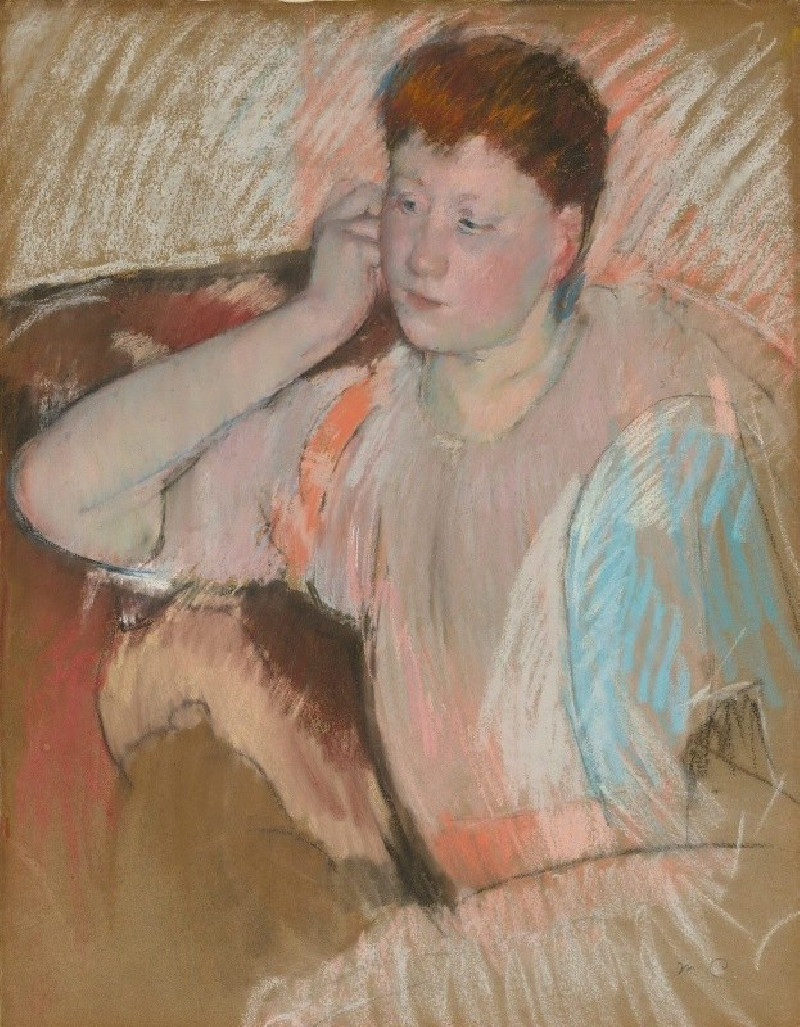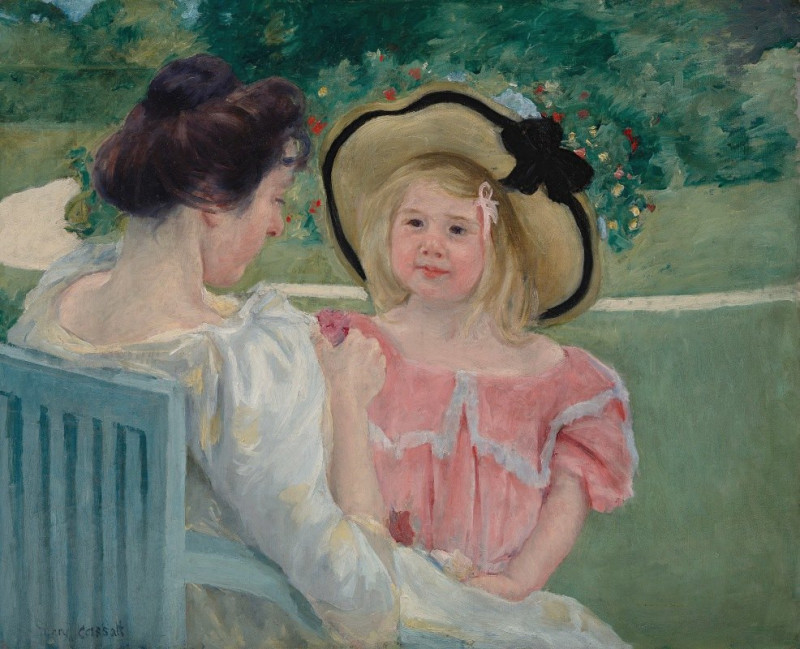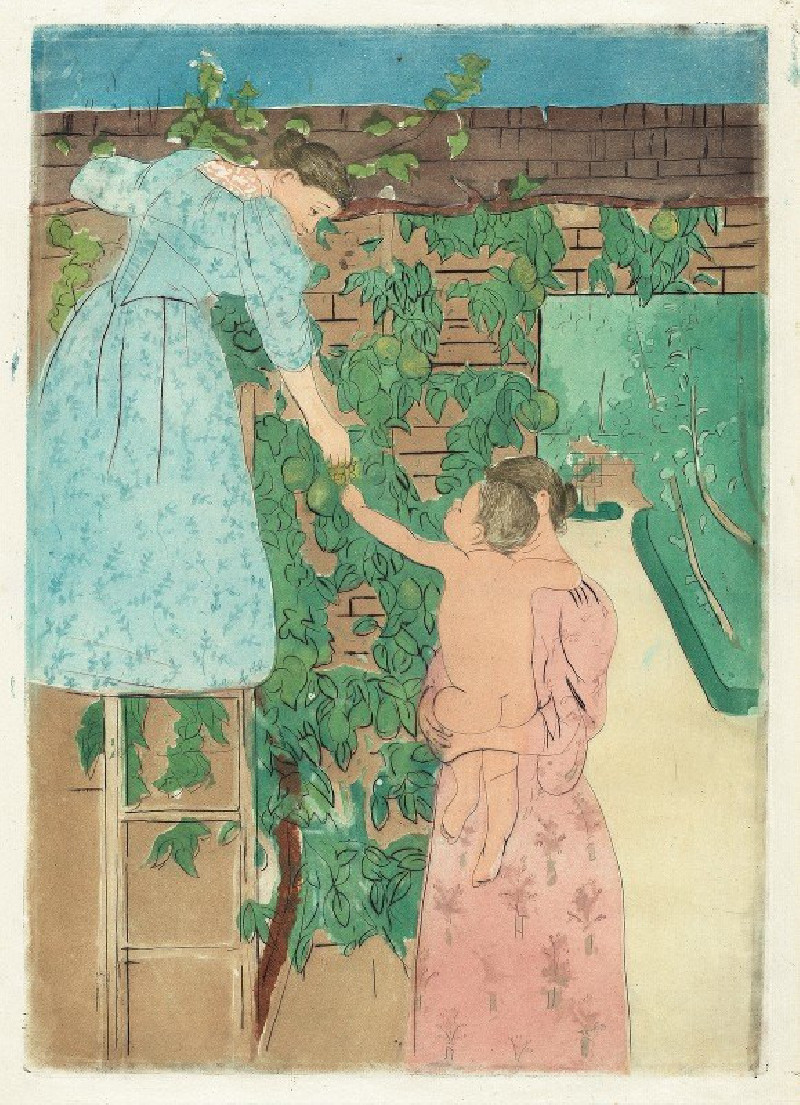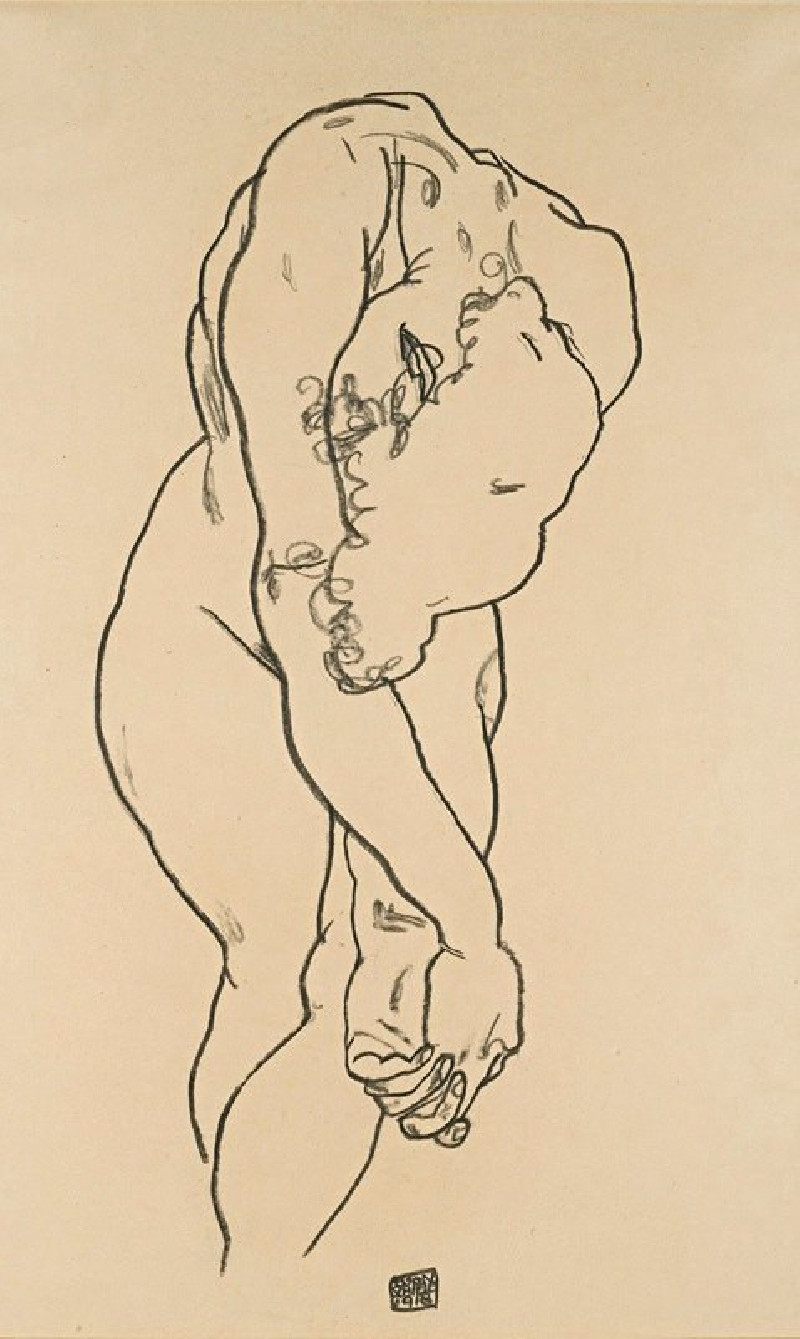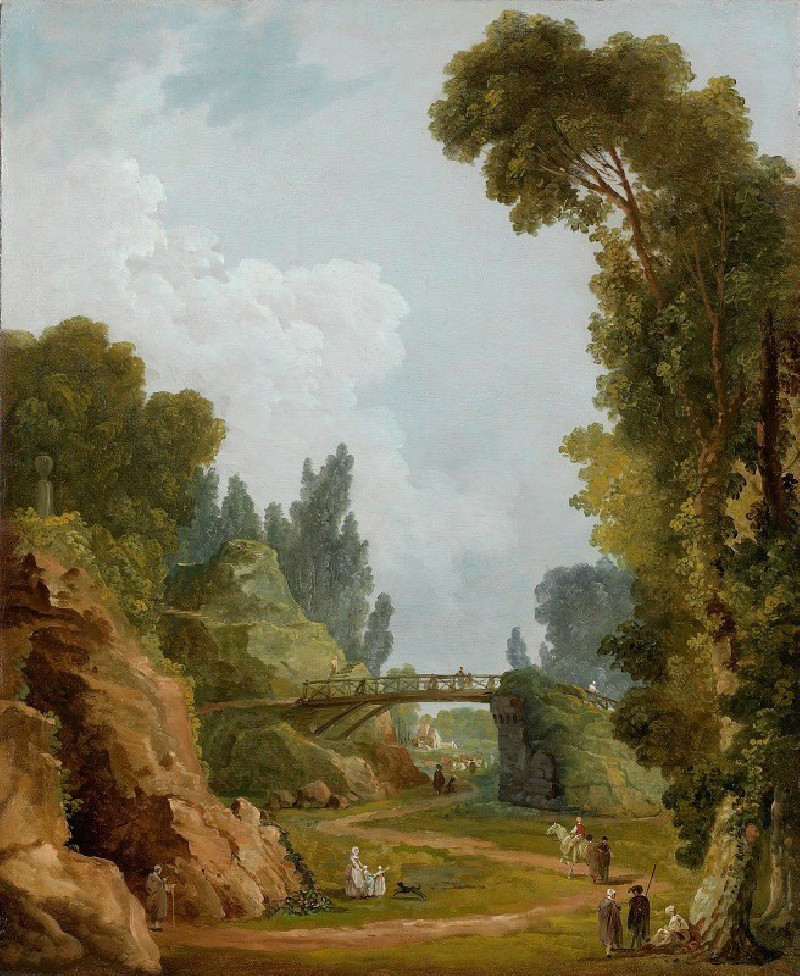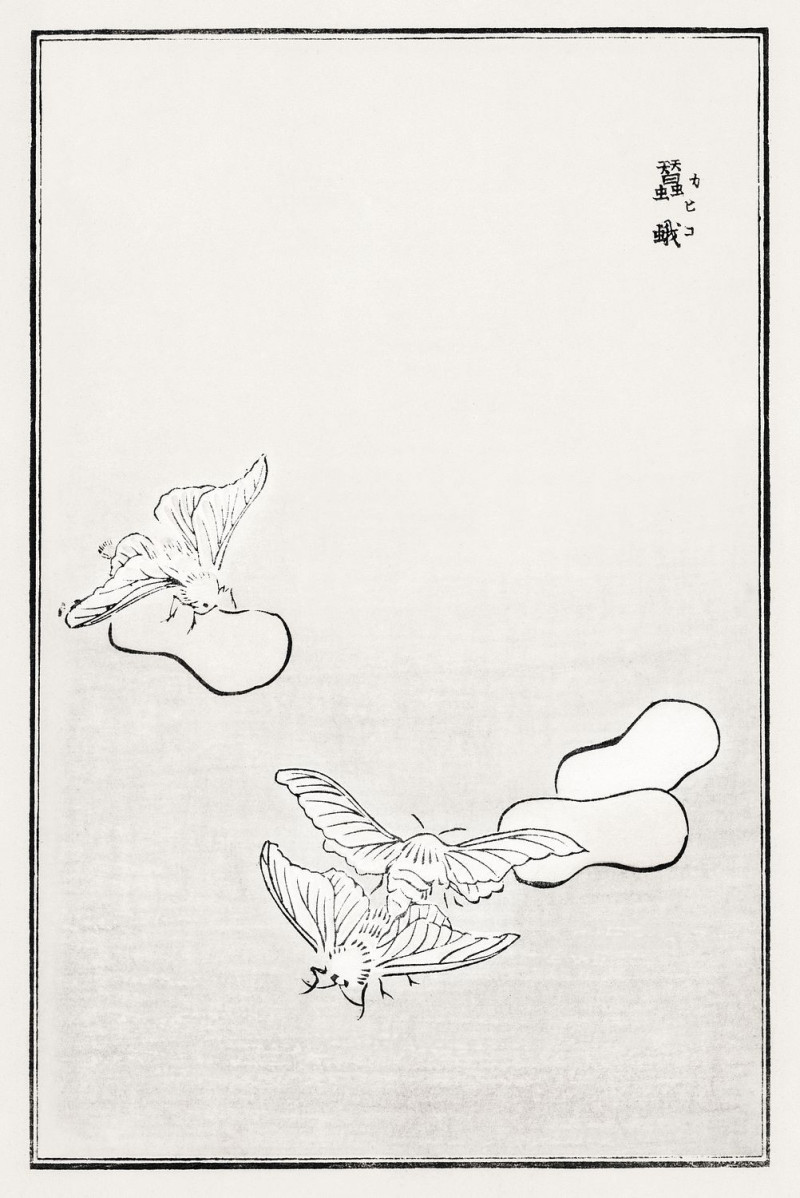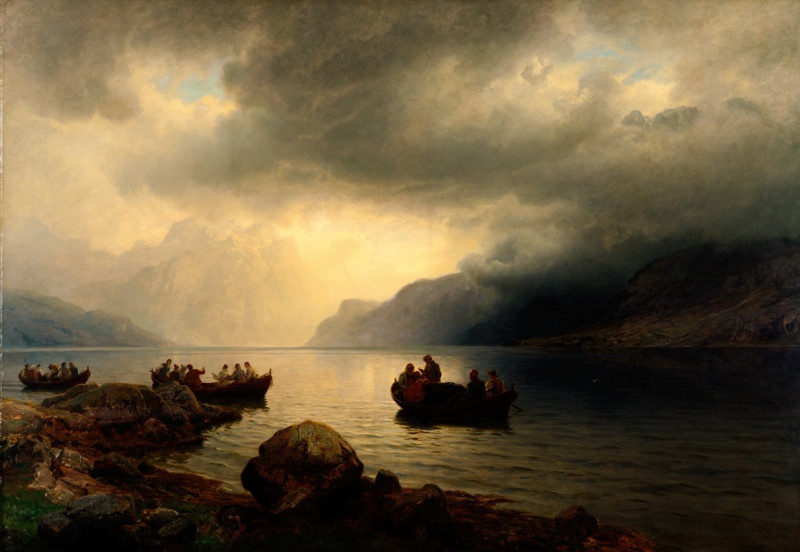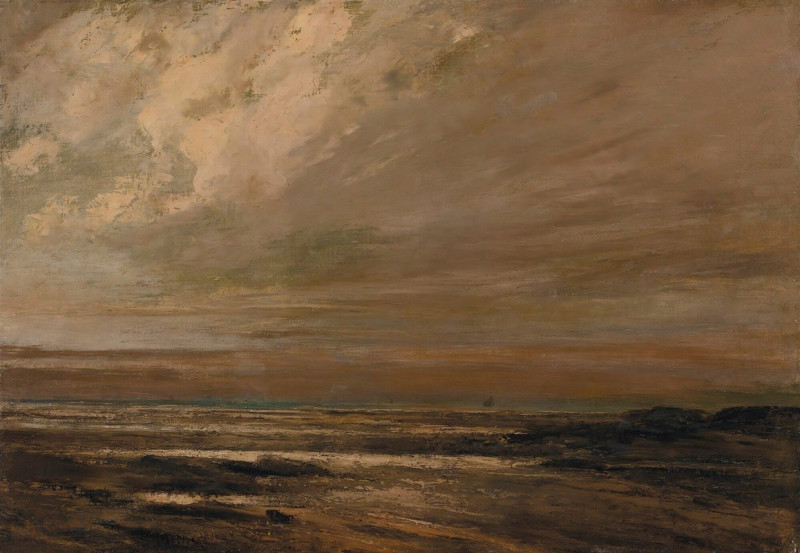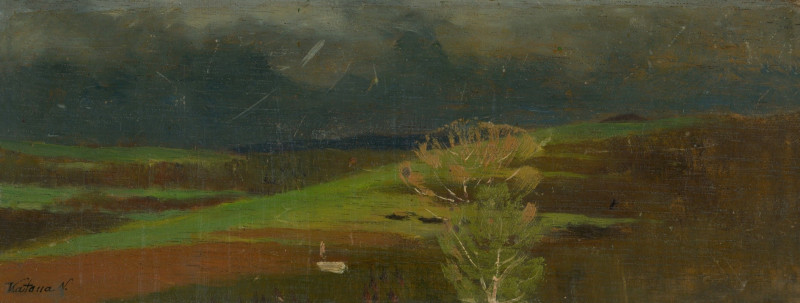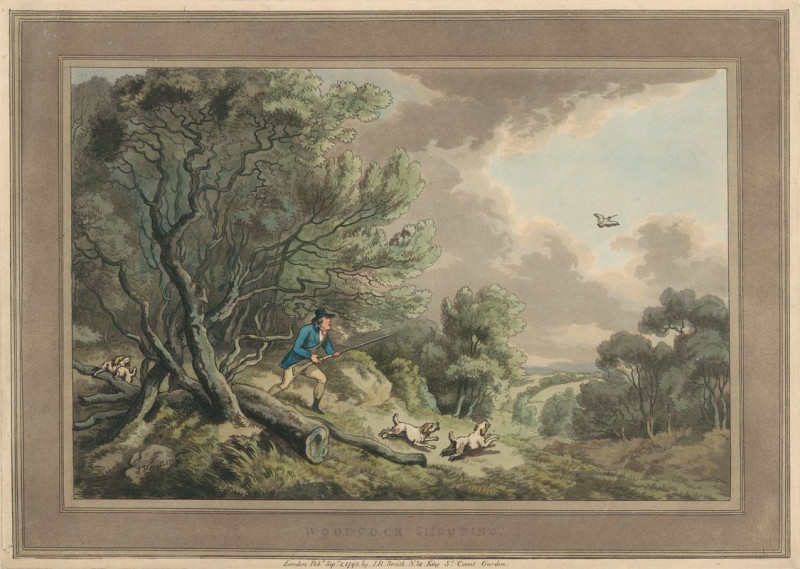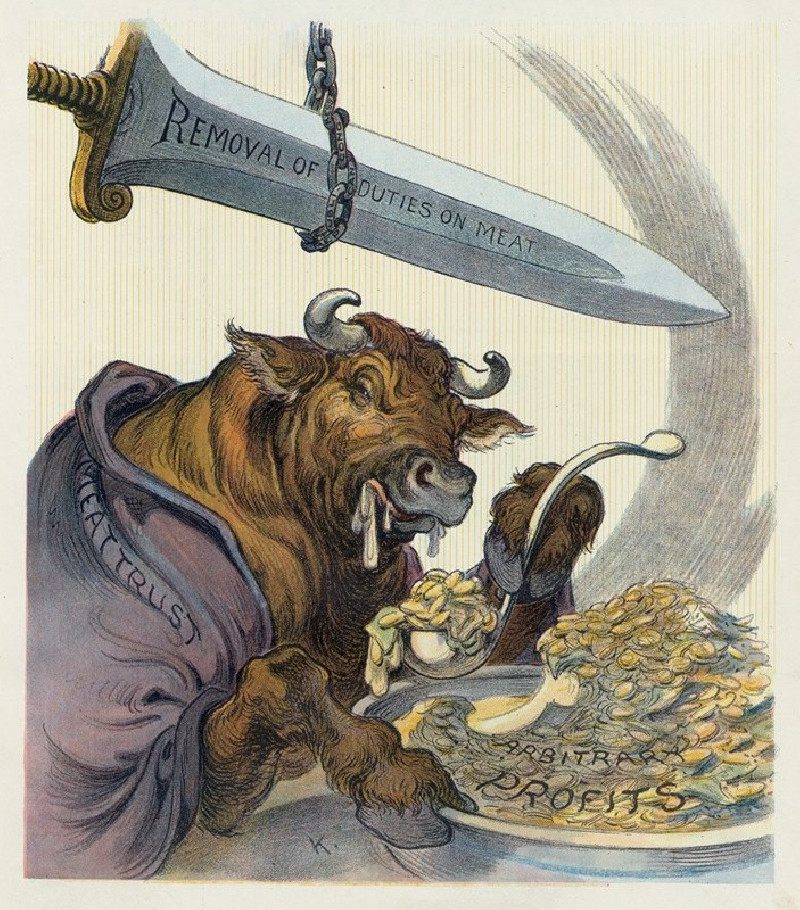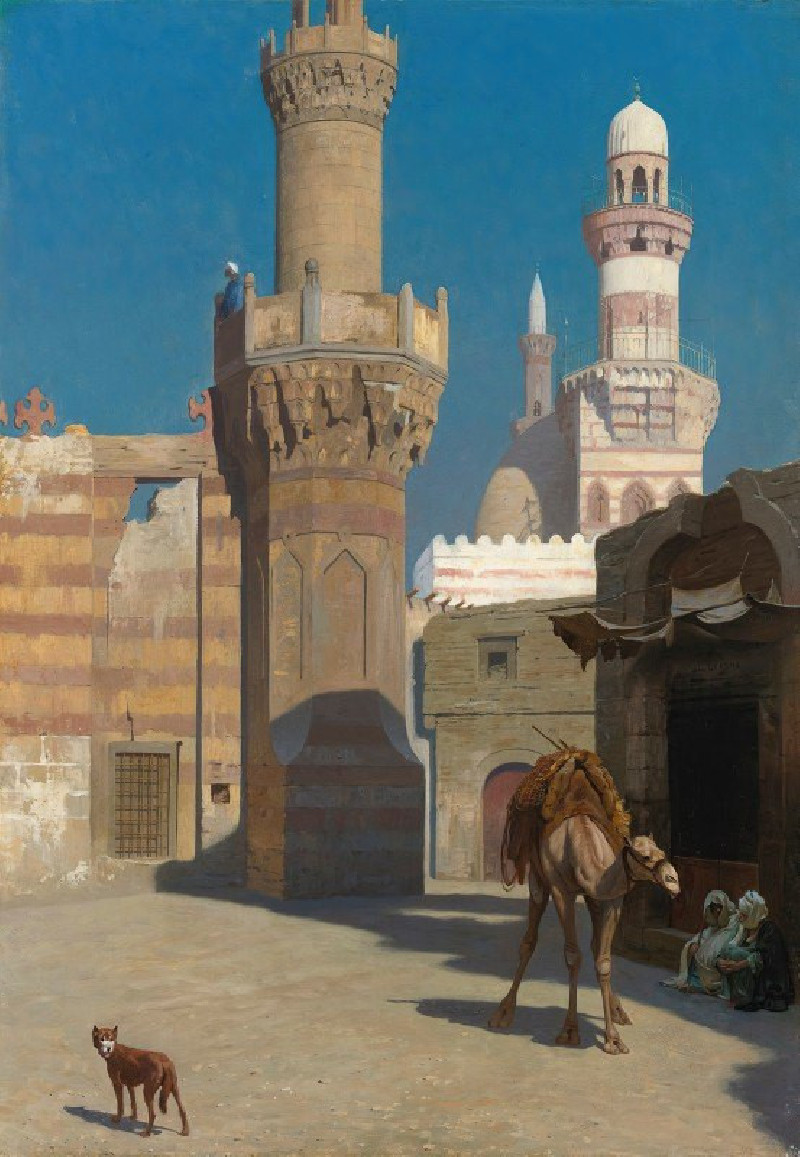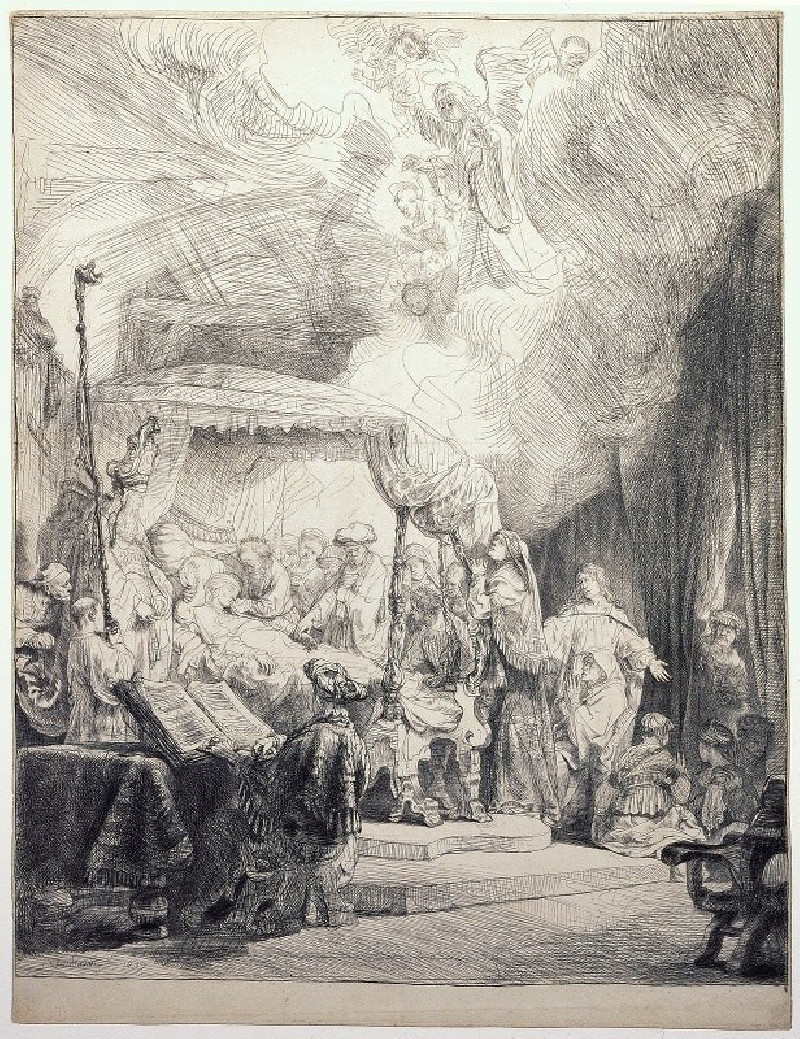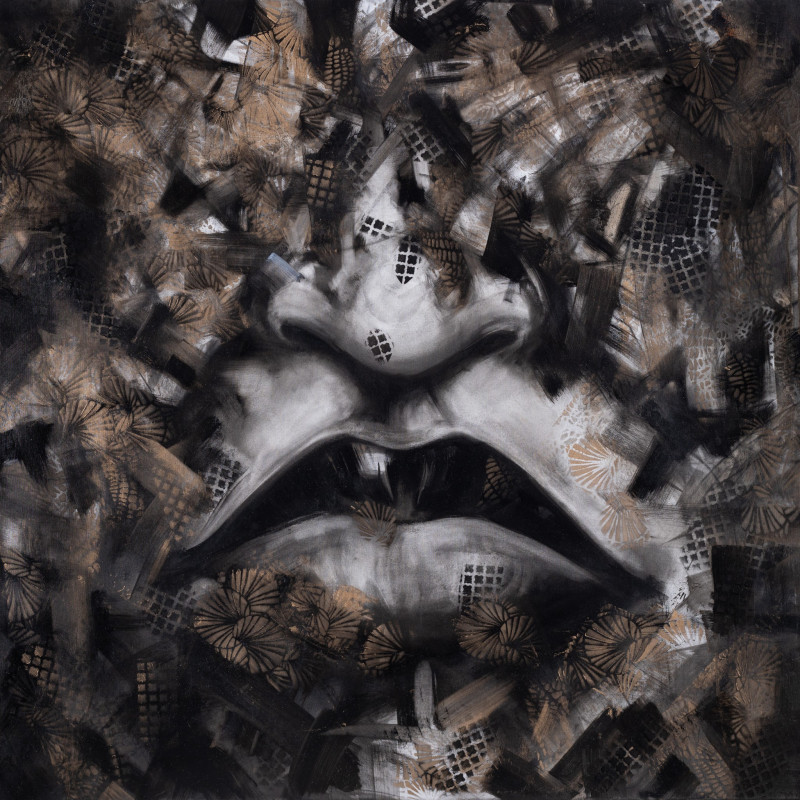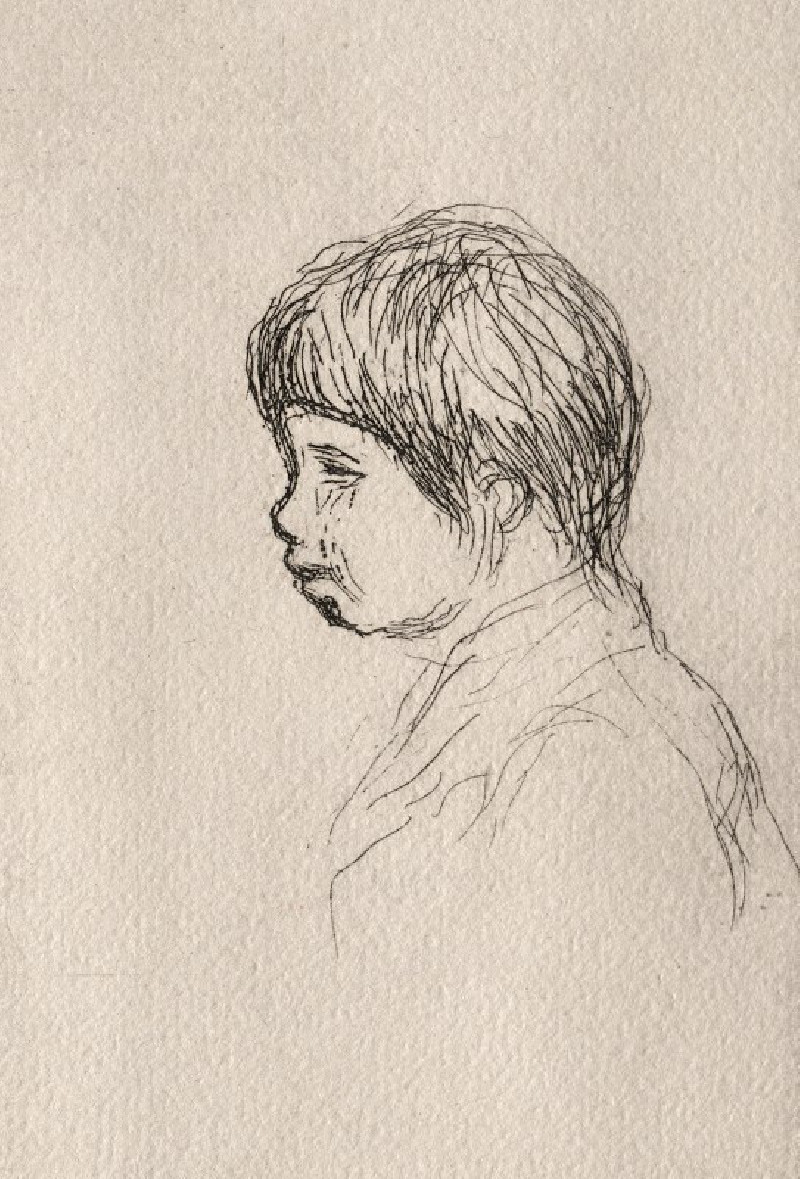Children Playing On The Beach
Technique: Giclée quality print
Recommended by our customers
More about this artwork
The painting "Children Playing On The Beach" by Mary Cassatt beautifully captures a serene, intimate moment of childhood play at the seaside. In this scene, two young children, absorbed in their activities, are depicted against a soft, muted background of sand and sea. The child in the foreground is sitting on the sand, attentively engaged in filling a bucket, likely with sand or water. The focus on the bucket suggests a moment of concentration and enjoyment in a simple, playful task.To the right, the second child, wearing a wide-brimmed hat with a striking red ribbon, looks out toward the ocean, perhaps watching the small sailboats in the distance or simply enjoying the sea breeze. This child’s body language, with one arm extended and hand resting on the ground for support, conveys a relaxed yet attentive posture. The hat not only adds a vibrant touch of color to the composition but also helps frame the child’s contemplative gaze toward the sea.The overall palette of the painting is soft, with blues, whites, and touches of yellow and red, creating a light, airy feel that is typical of seaside environments. Cassatt's brushwork provides a sense of texture to the children's clothing and the sandy beach, enhancing the tactile quality of the scene.Cassatt, known for her tender and intimate renderings of children and family life, reflects a keen observation of human gestures and the subtleties of childhood engagement.
Delivery
Returns
Mary Stevenson Cassatt was an American painter and printmaker. She was born in Allegheny City, Pennsylvania (now part of Pittsburgh’s North Side), but lived much of her adult life in France where she befriended Edgar Degas and exhibited with the Impressionists. Cassatt often created images of the social and private lives of women, with particular emphasis on the intimate bonds between mothers and children.
She was described by Gustave Geffroy as one of "les trois grandes dames" (the three great ladies) of Impressionism alongside Marie Bracquemond and Berthe Morisot.In 1879, Diego Martelli compared her to Degas, as they both sought to depict movement, light, and design in the most modern sense.


